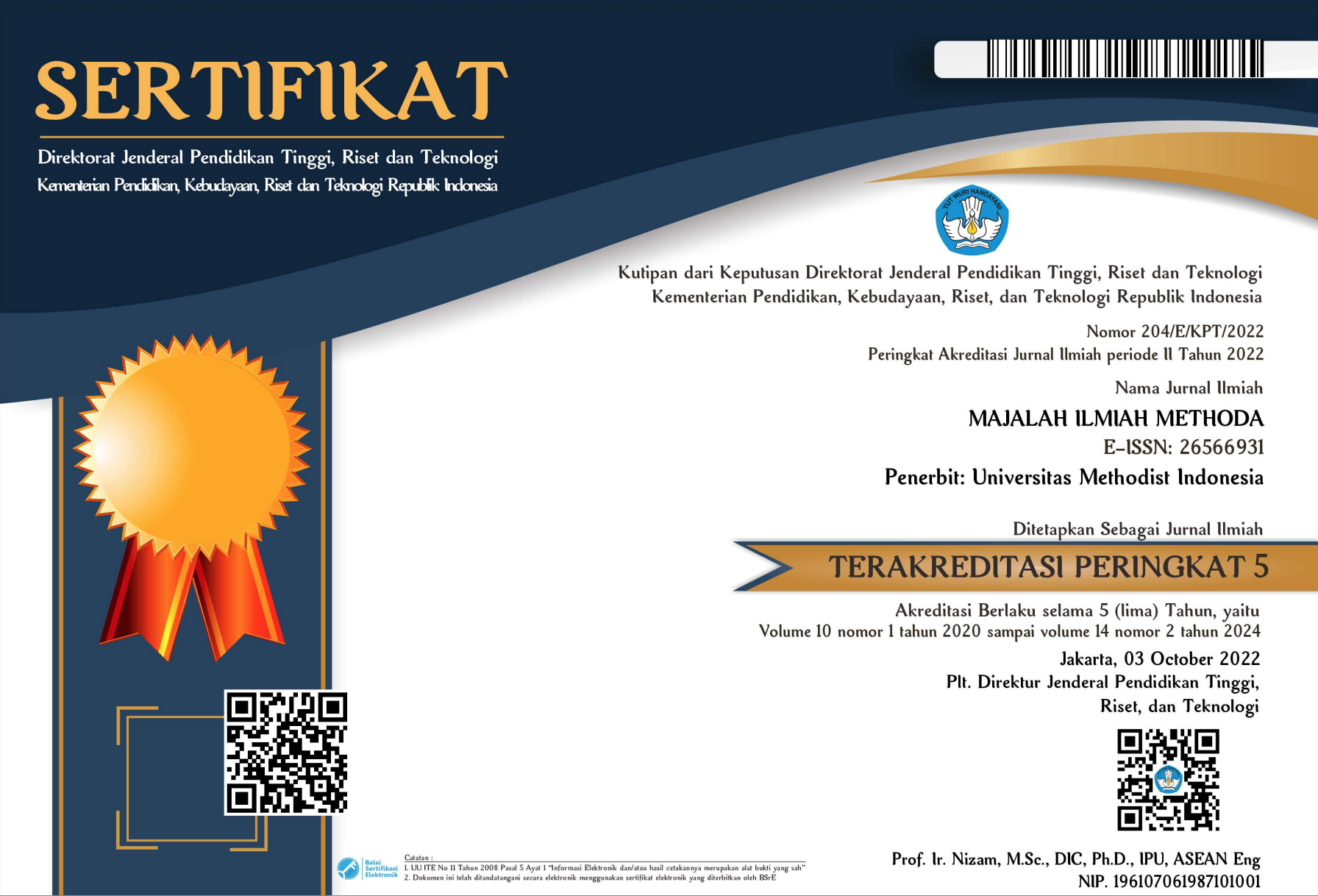PENGARUH SUHU TUBUH TERHADAP SIKLUS ERITROSITER PLASMODIUM FALCIPARUM
Keywords:
Plasmodium falciparum, Temperature, Asexual-Stage, Parasite MultiplicationAbstract
Plasmodium falciparum cause febrile illness and severe disease with multiple organ failure and death when treatment is delayed. Antipyretic treatment is standard, and inducing hypothermia has been proposed to protect the brain in cerebral malaria. Here, Singhaboot, et al. investigated the temperature dependence of asexual-stage parasite development and parasite multiplication in vitro. Plasmodium falciparum strain TM267 was incubated for 2 hours (short exposure) or 48 hours (long exposure) at different temperatures (32OC, 34OC, 35OC, 38OC, 39OC, and 40OC). The starting parasite developmental stage (ring, trophozoite, or schizont) varied between experiments. The parasite multiplication rate (PMR) was reduced under hyper- and hypothermic conditions; after continuous exposure, the mean PMR ± SD was 9.1 ± 1.2 at 37OC compared with 2.4 ± 1.8 at 32OC, 2.3 ± 0.4 at 34OC, and 0.4 ± 0.1 at 40OC (P < 0.01). Changes in PMR were not significant after 2-hour exposure at temperatures ranging from 32OC to 40OC. Morphological changes in parasite cytoplasm and nucleus could be observed after long exposure to low or high temperature. After 48-hour incubation, rosette formation (≥ 2 uninfected red blood cells bound to infected red blood cells) was decreased at 34OC or 39OC compared with that at 37OC. In conclusion, both hyper- and hypothermia reduce PMR and delay erythrocytic stage development of P. falciparum, subsequently reducing rosette formation.
Downloads
Published
Issue
Section
License
Copyright (c) 2019 Universitas Methodist Indonesia

This work is licensed under a Creative Commons Attribution-NonCommercial 4.0 International License.










